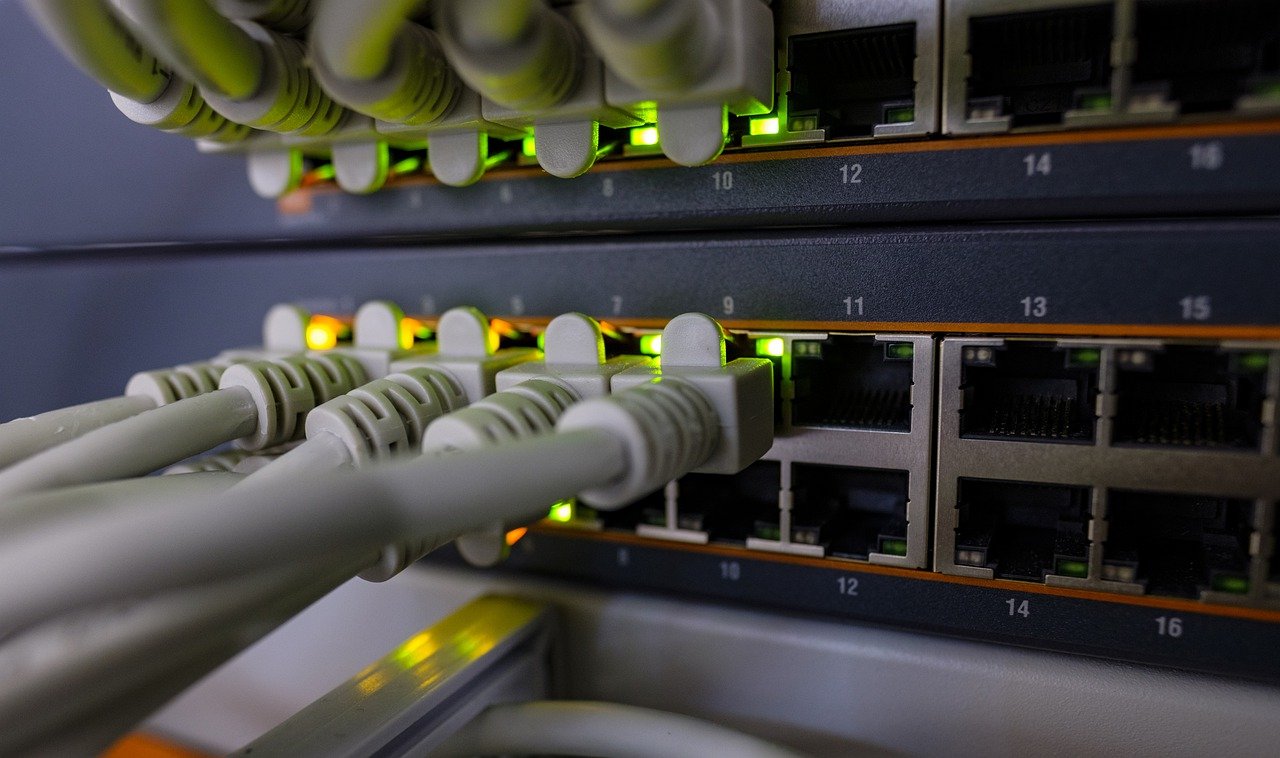A few years ago, worm malware called The Moon, attacked several Linksys routers throughout the world. This incident brought forward the issue of router security. Although Linksys was able to mitigate the attack fast by issuing a bug fix which was exploited by the malware to enter the router and infect it, this doesn’t mean it won’t happen again. So it becomes wise to be proactive and take precautionary measures to safeguard your router, thus saving your computer.
You would be like, the malware only affected the LinkSys router, so why should we worry ourselves against a manufacture specific attack. Mind you, if Linksys routers can suffer such a fate, so even D-Link or Netgear routers.
The IP address of any router is not a secret. It is public information that every website you visit has. If somebody who has evil intentions get hold of your IP address, then they can discover your ISP address and thus your general location. Infecting a router is hard but it is possible as we see in the above LinkSys example.
How to Protect Router Against Virus –
Let now discuss some ways in which we can save our routers from potential virus attacks:
1: Keep checking the routers manufacturers’ website for new updates for your firmware. Manufacturers keep fixing bugs that are brought forward to them by beta testers around the world. If you don’t update the firmware then you are increasing the chances of your router being infected. Login You Router Using Default Router Ip Such. in case of Linksys, its 192.168.1.1 Or You can Look at the back or Bottom of your Router to find default Ip Address.
2: Then make sure that the remote administration setting of your router is turned off. Go to the routers settings page and see if the IP address is set at ‘0.0.0.0’, which means remote administration setting is off.
3: You should always change the name of your wireless network with something that doesn’t give hints about you’re the make of your router. It is not a good practice to advertise the make of your router. By default, the name of your wireless network is the name of the router. Make sure to change it.
4: Every router has a password. We are not talking about the wireless network password, but the password that gives you access to the routers setup page. Make sure to change it with a difficult password. Most malware tries to enter from this route only.
5: Hiding your IP address is also a good practice. This can be done by using an anonymity browser like Tor. This can also be done by using a Virtual Private Network (VPN). There are numerous free VPNs available on the net but we advise you to use the paid versions because they provide an extra layer of security.
Read More Things to Know before installing antivirus
Securing your router has now become as important as securing your computer. With a new malware found, called the VPNFilter, which has the capability of running on multiple consumer-grade routers, it has become very important that you take preventive measures seriously. This malware has the capability of targeting and stealing passwords and other sensitive information. Living in such a volatile world where all your information is on the computer, and if it gets hold of it and uses it for the wrong reasons, your life would become havoc, it becomes imperative to be proactive and be ready for the worst scenarios.

